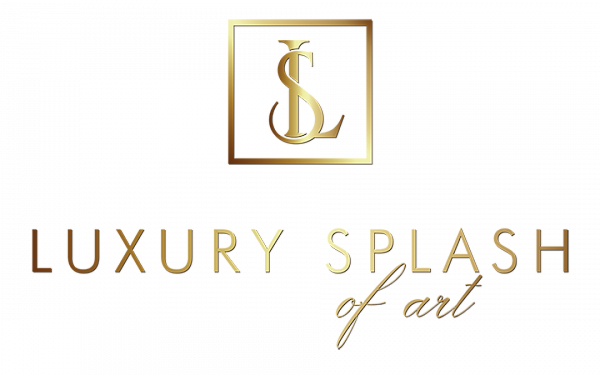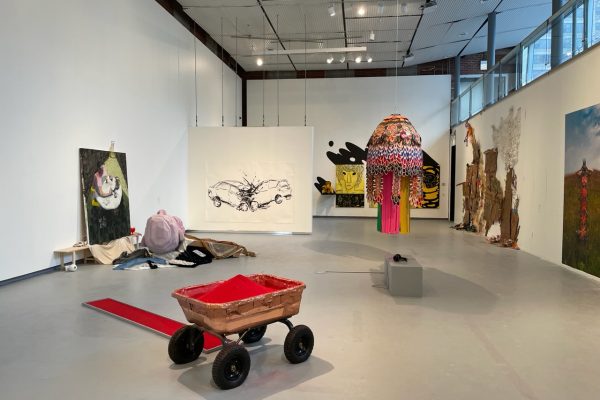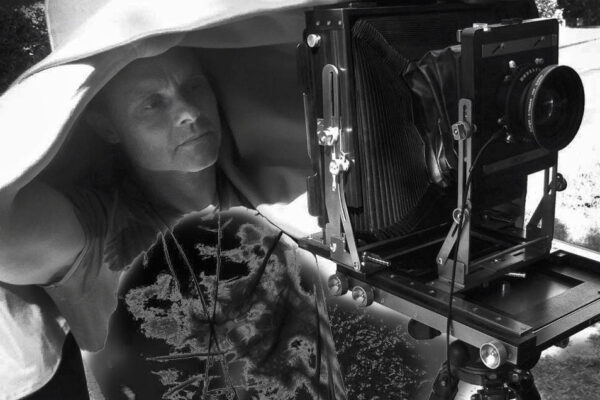During the Cuban Renaissance, a period when kitsch, pop art and fanciful imagery revolutionized the island’s art scene, members of the Puro were hailed as bold, fearless innovators. They emphatically painted Cuban life with a whimsical, theatrical brush in the mid 1980s, fashioning blazing colors, whimsey and parodies. Puro shone. It seemed a new day of enlightened liberalism, tolerant of social criticism, was coming. In typical Cuban fashion, a flame was lit, only to be quickly extinguished by late 1987–once the retrenchment began.
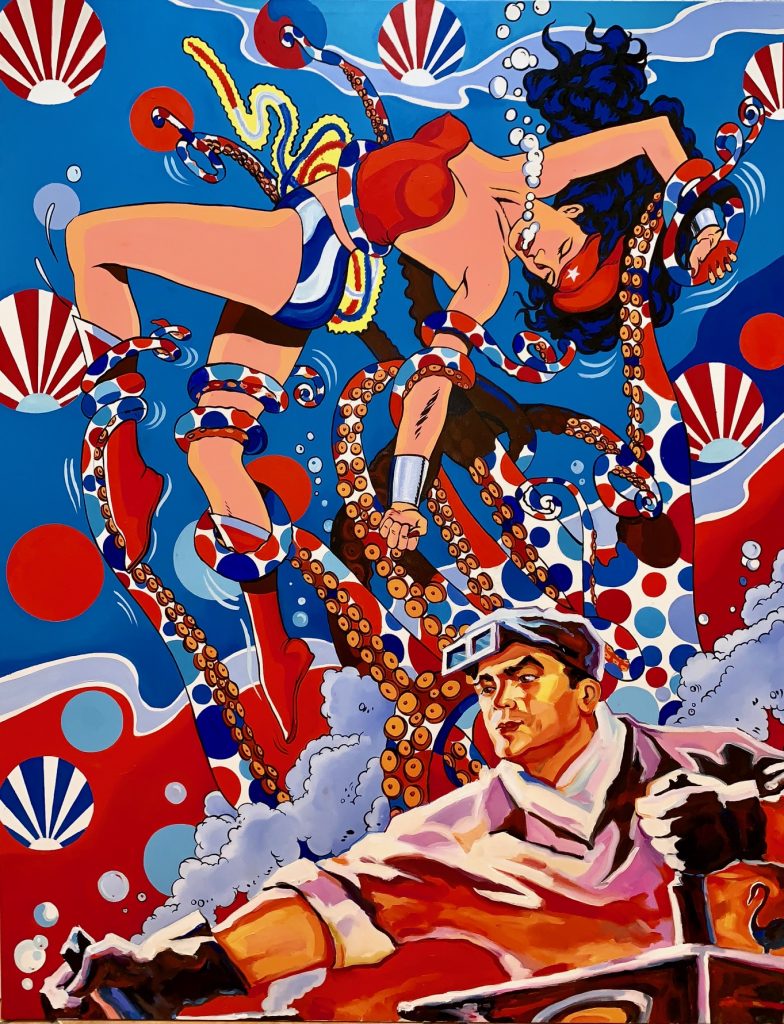
No longer a hero, the son of a diplomat who had exhibited his American comic strip influenced work throughout the world, Ciro Quintana was suddenly an Enemy of the State. All the intensely symbolic, picaresque work of Quintana was now seen as counter-revolutionary, a threat to the nation.“The Ministry of the Interior, our KGB, got worried by my art…us in the Puro (five members) were watched all the time,” says Quintana, 56, in his Miami studio. “I was being invited to countries, representing Cuba, winning international prizes, teaching art, and I was suddenly a subversive, followed and watched all the time.”
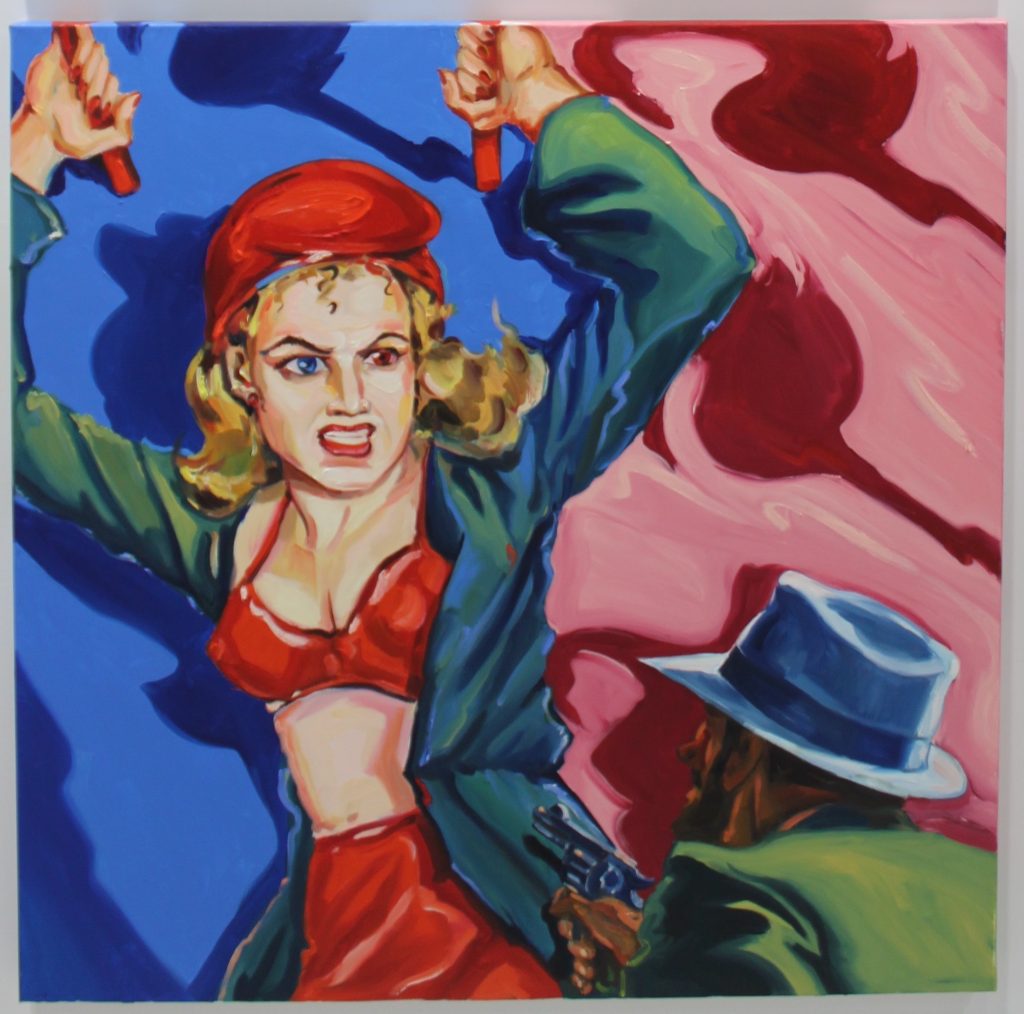
Standing next to a few paintings, works suffused with the imagery from American pop art and other US iconography, Quintana talks about exhibitions in Poland, France, Russia, and being “noticed by curators.” He stares delightedly at his work. A flamingo gripped by a voluptuous red-haired and gagged woman. A shadow looms over her, a man with a gun. An American cowgirl sitting astride a blue balloon waiting to fly to freedom. A cowboy in a big Stetson hat takes aim. Black dancers…candied fruit and cakes… life is seemingly perfect as a cabaret performance continues under the gaze of a Roman God.
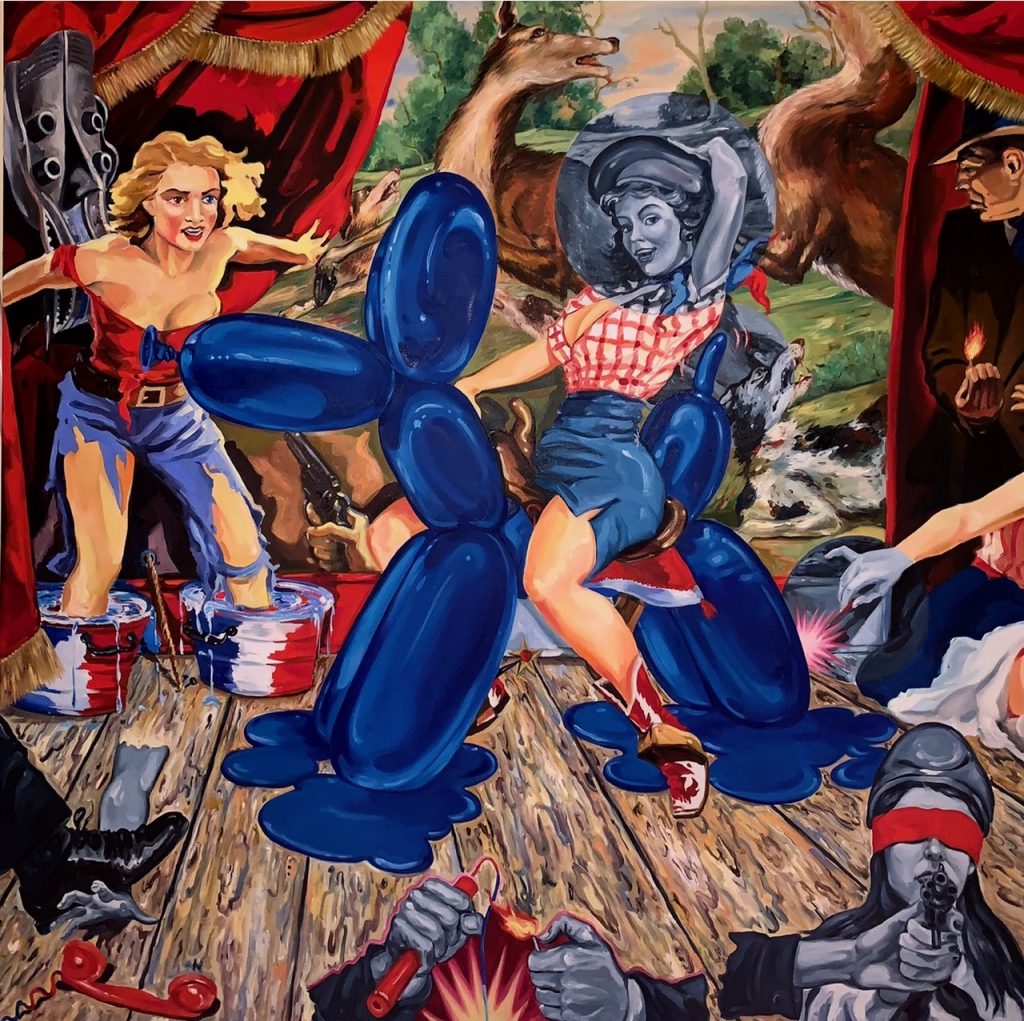
Pensively studying these POW!! BANG! BOOOM! “chronicles”–indictments against the lack of artistic freedom in Cuba–Quintana again harkens back to the late 1980s. “It was tense, very, like I was in a spy movie.”He shakes his head disgustedly, then smiles when recalling his early “art education.” His uncle, a watchmaker, collected thousands of comic books, and invariably implored him to draw exact likenesses of American superheroes. The young boy fell under the spell of larger-than-life Wonder Women and an array of Fighters for Justice. They swept him into muscular, action-packed worlds. Such wondrous, Right over Might fantasies, he now credits his uncle for exerting “a huge influence” on his future work.Those comics typically pictured Good versus Evil –and in one of his large, red-soaked paintings, a woman, wearing a hat with the Cuban revolutionary star, seemingly will break free from her captors.
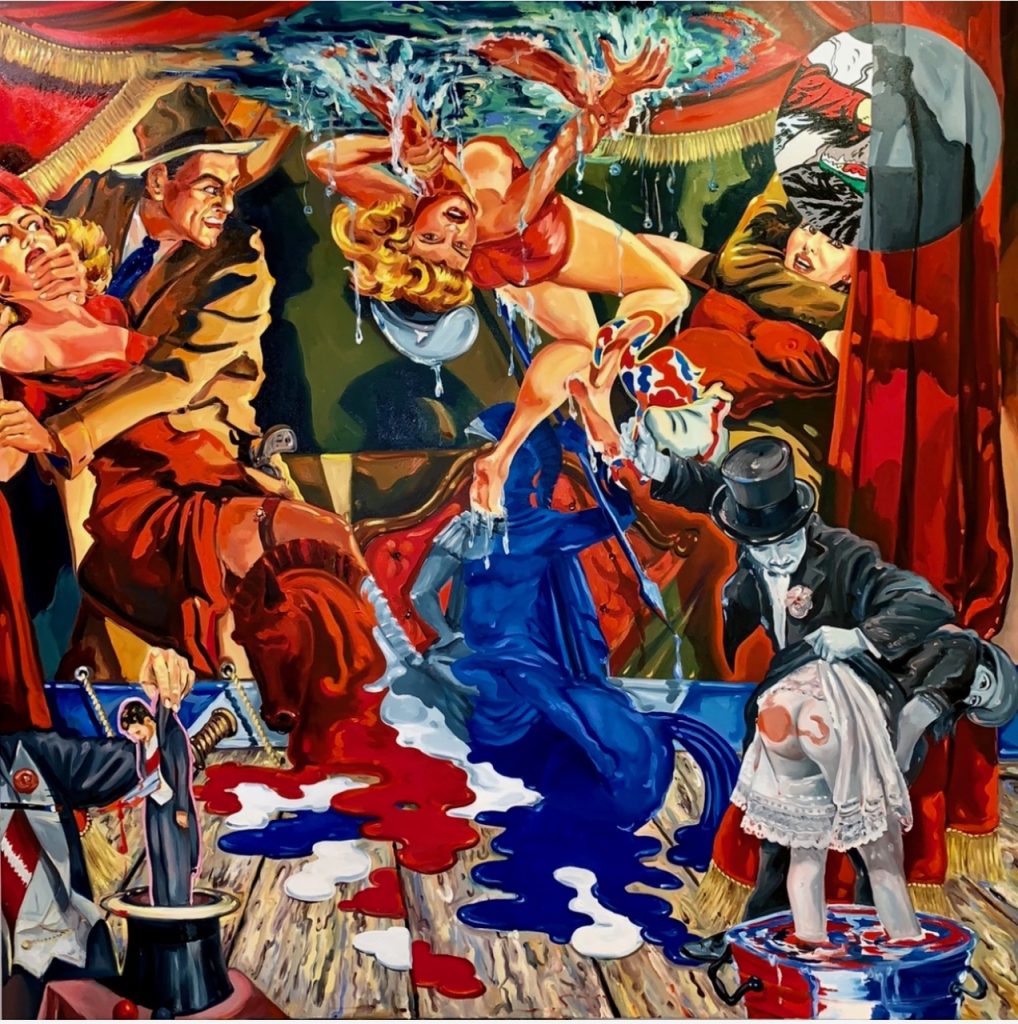
Quintana followed her lead. Refusing to be manipulated, used by the State, he ultimately fled Cuba (1991). Opting for the Red, White and Blue, the storied land of cowgirls, the wide open spaces of limitless “freedom,” and a stage for his searing commentaries on Cuban censorship, Quintana settled in Miami, Florida.“It was tough, I was suddenly a nobody, knocking on doors, working on big canvases, for I had so much to say,” remembers Quintana. “I had to leave Cuba, they kept holding on to my passport, and my mother convinced me to leave…that the situation would get worse for all artists. I left and never saw her again.”
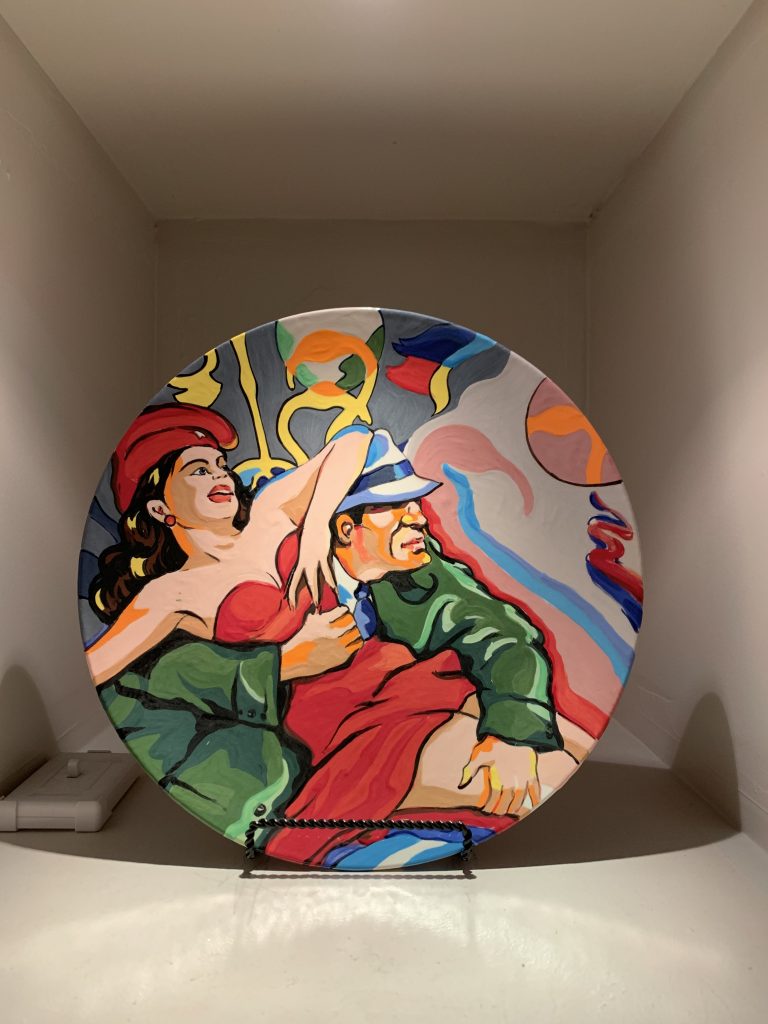
Once in the US, Quintana quickly learned he was “radioactive”– that the Cuban authorities successfully convinced European galleries and museums not to show his work.
It was such a struggle, a Kafkaesque-like maze with locked chambers, he virtually became a character in his paintings–fighting masked thugs with revolvers, and the sharpshooter, blazing away at injustice. Greater worldwide recognition has helped him forget those struggles, his once being “a rebel without a country.”But like most Cubans, Quintana was betrayed by the Promise, the sloganeering that proclaimed a new paradise of democracy and prosperity. Seduced and abandoned, he remains the “sharpshooter,” aiming his fire through scenes of Latinas swimming under the sea, Roman statuary of dictators, and a shipwrecked Orphelia lying under the refuse of history.
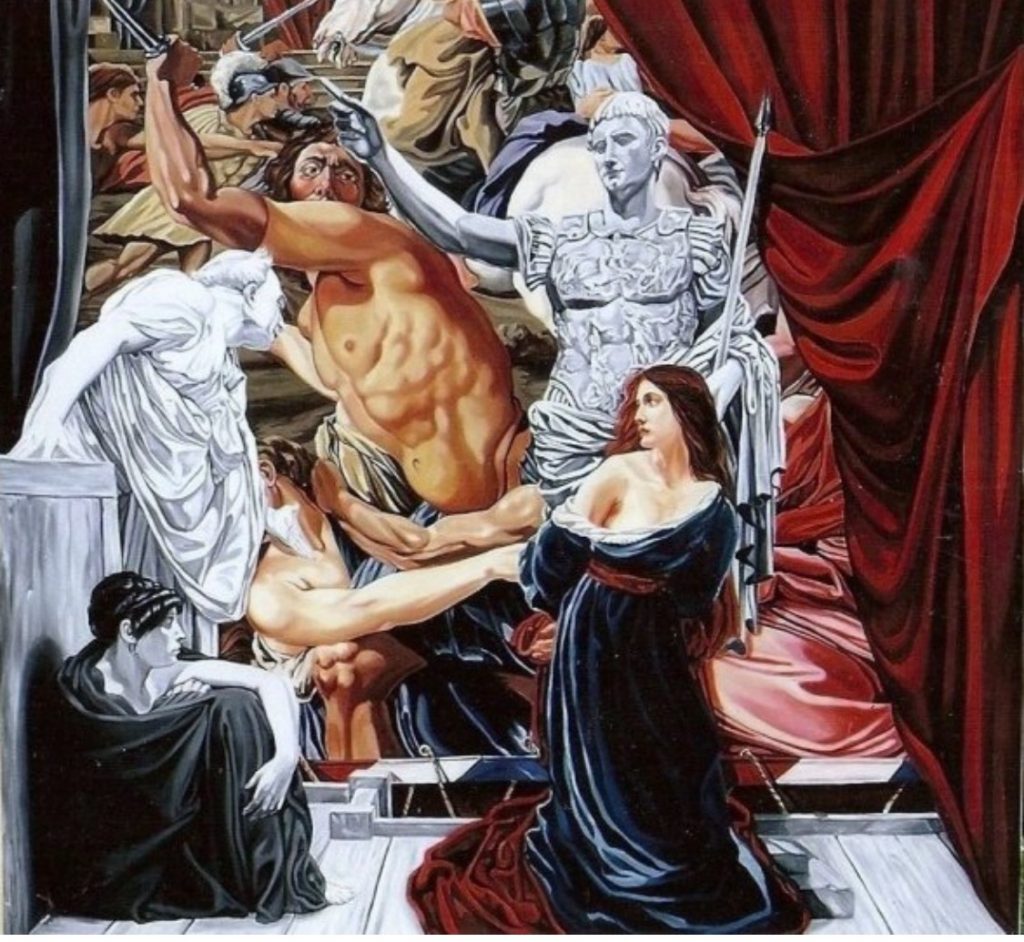
Quintana is indeed the Enemy of the State, the freedom fighter committed to breaking the stranglehold of the Cuban regime.
Written By Edward Kiersh
Instagram:@ciro_artstudio
Twitter @ciroartestudio
